Best Time for Foundation Repairs
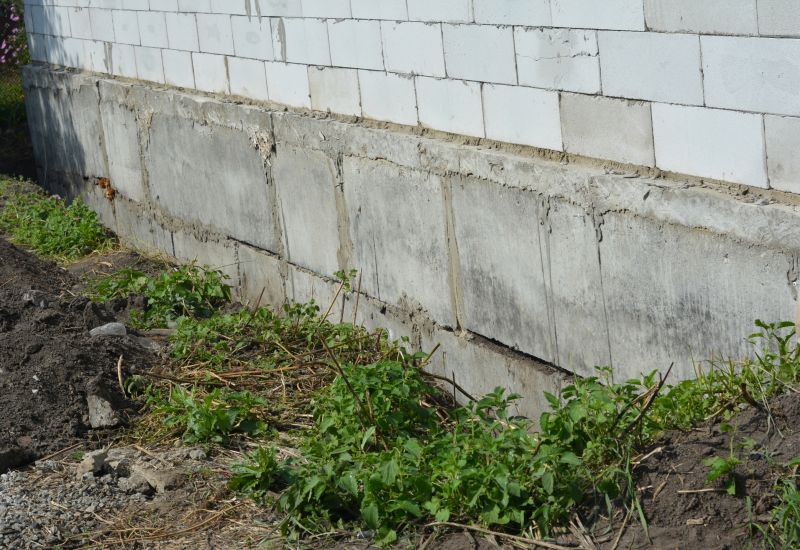
Spring offers moderate temperatures and stable moisture levels, making it an ideal time for repairs.
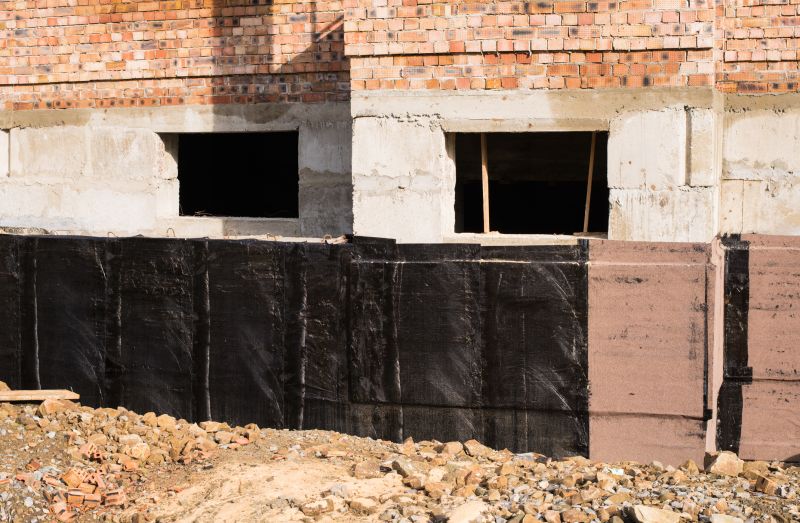
Summer provides longer daylight hours, but high temperatures and dry conditions can complicate certain repair methods.
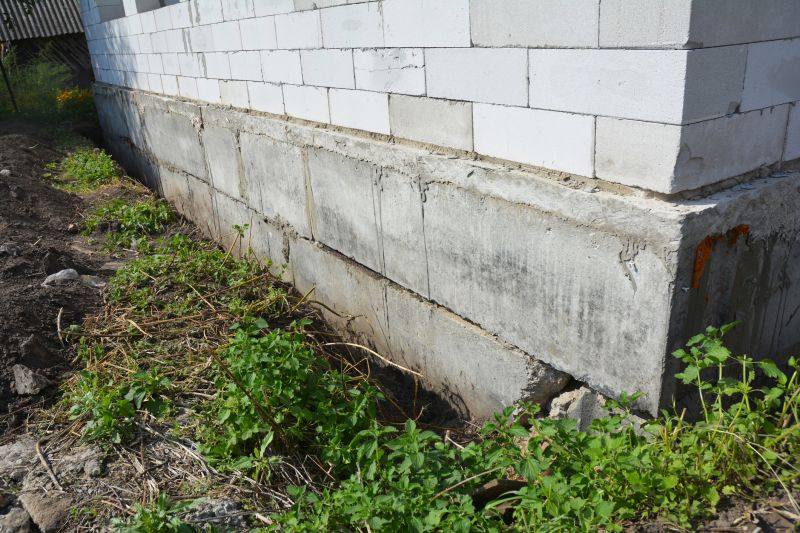
Fall features cooler weather and less moisture fluctuation, suitable for many types of foundation work.
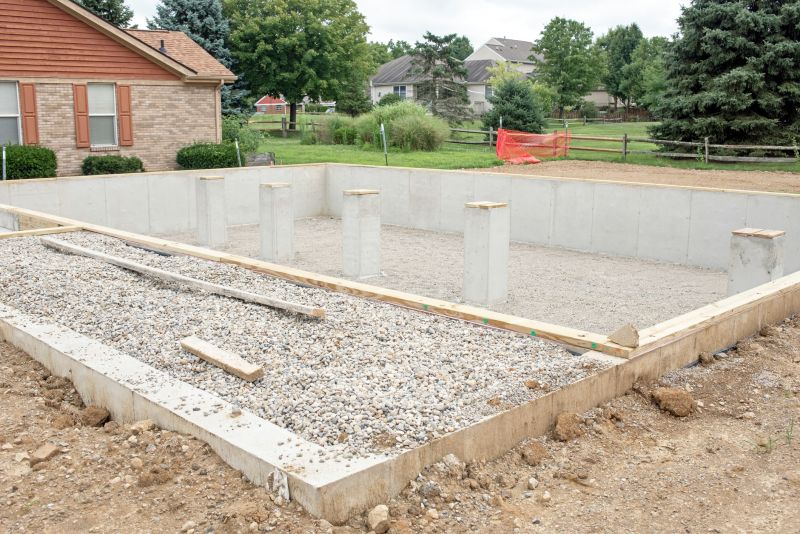
Winter can pose challenges due to freezing temperatures and frozen ground, which may delay repairs.
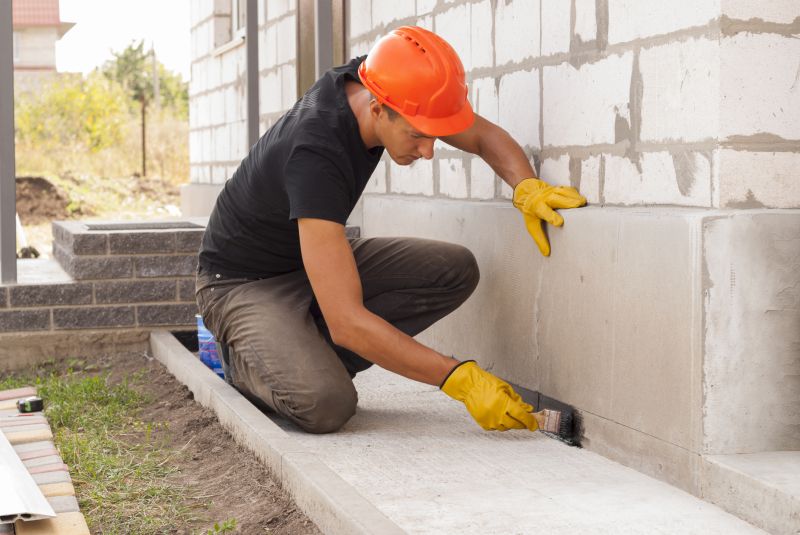
Ideal conditions include mild temperatures, stable moisture levels, and absence of extreme weather events.

Choosing the right season can help ensure the longevity and effectiveness of foundation repairs.
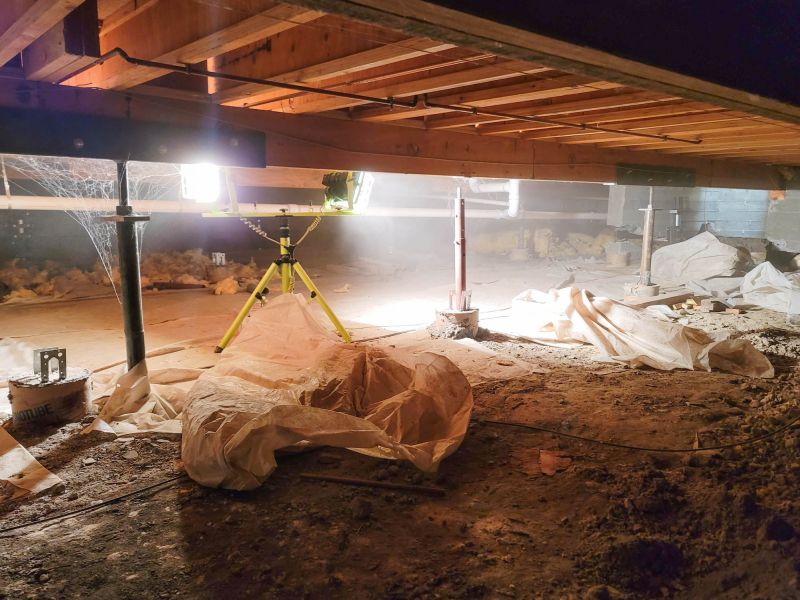
Ways to make Foundation Repairs work in tight or awkward layouts.
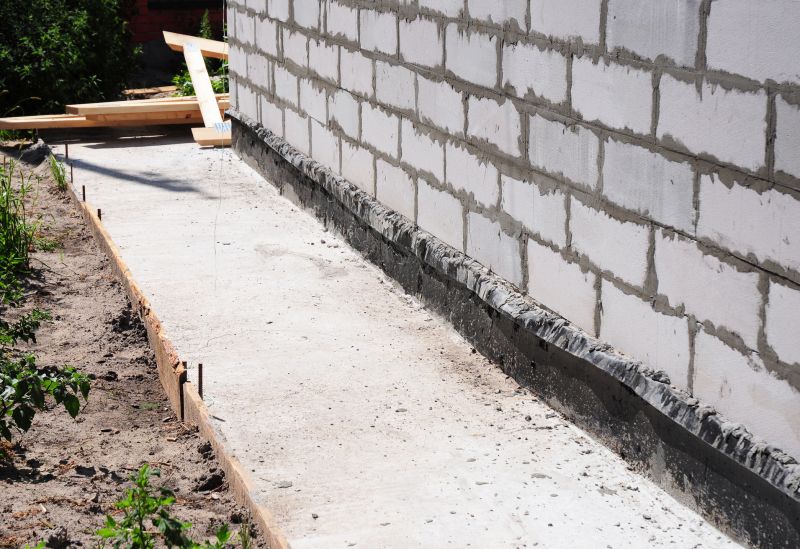
Popular materials for Foundation Repairs and why they hold up over time.

Simple add-ons that improve Foundation Repairs without blowing the budget.
Foundation repairs are essential for maintaining the structural integrity of a building. They address issues such as settling, cracking, and shifting that can compromise safety and property value. Timely repairs can prevent further damage and costly renovations. Factors influencing the best time for repairs include weather conditions, ground moisture levels, and soil type. Spring and fall are generally preferred due to moderate weather, while winter and summer may require additional precautions.
Cracks in walls, uneven floors, and sticking doors can indicate foundation problems.
Common methods include underpinning, piering, and slabjacking, depending on the issue.
Repair costs vary based on the extent of damage, type of repair, and accessibility.
Proper drainage, soil stabilization, and regular inspections can help prevent foundation issues.
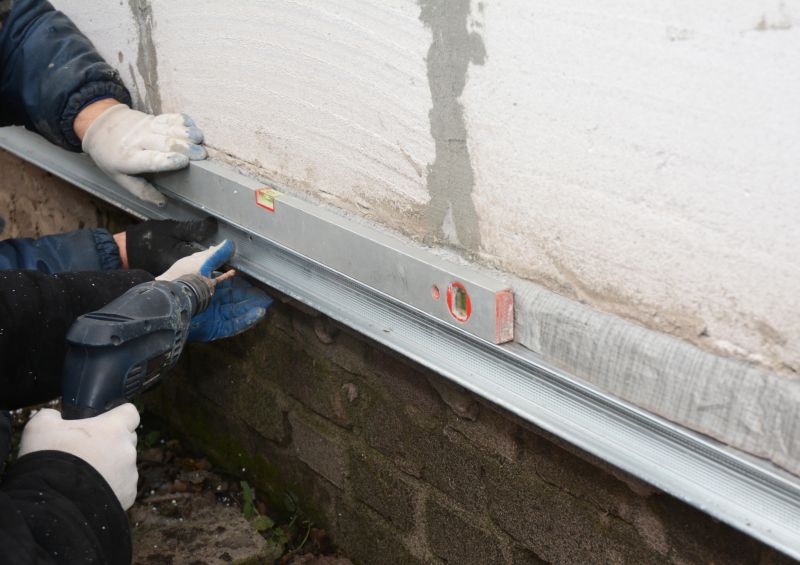
Visuals of soil stabilization and underpinning techniques.
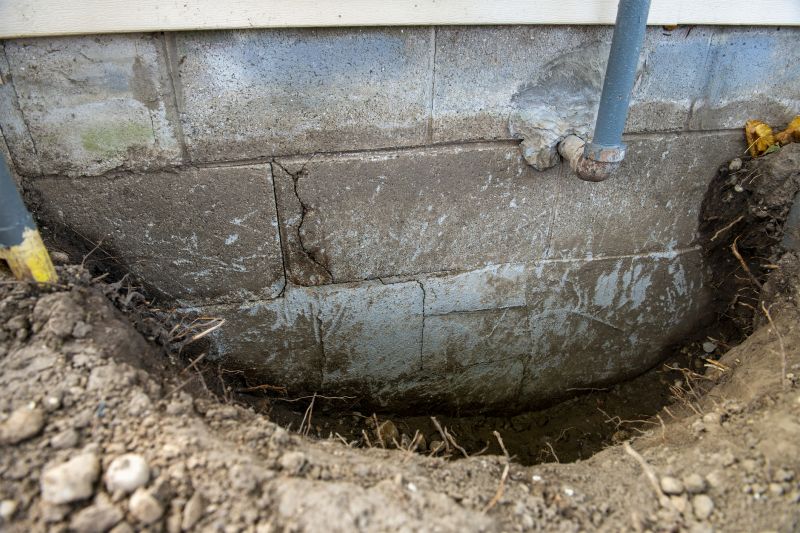
Examples of structural improvements achieved through repairs.
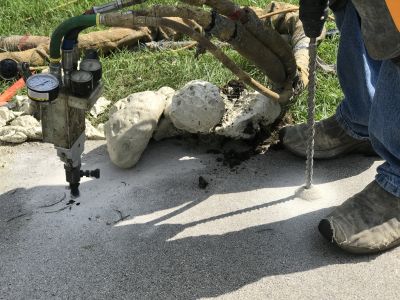
Equipment essential for various repair methods.
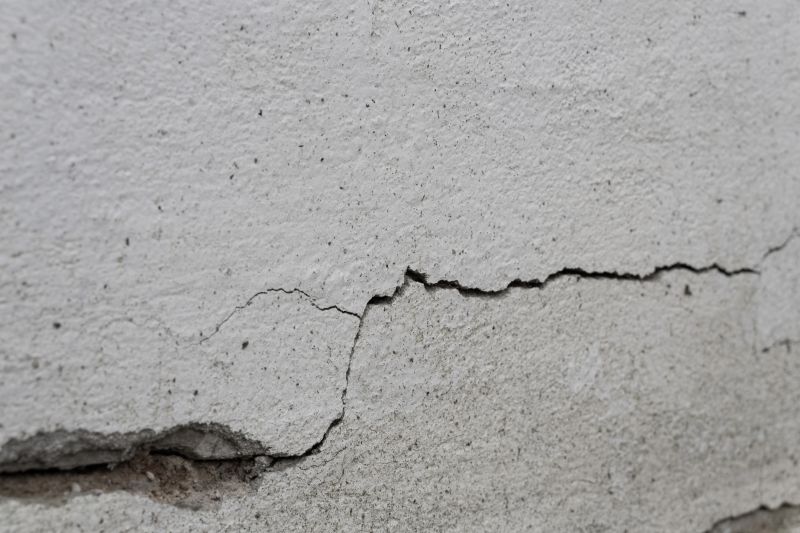
Close-up images of crack sealing and reinforcement.

Visuals of assessment and measurement tools.
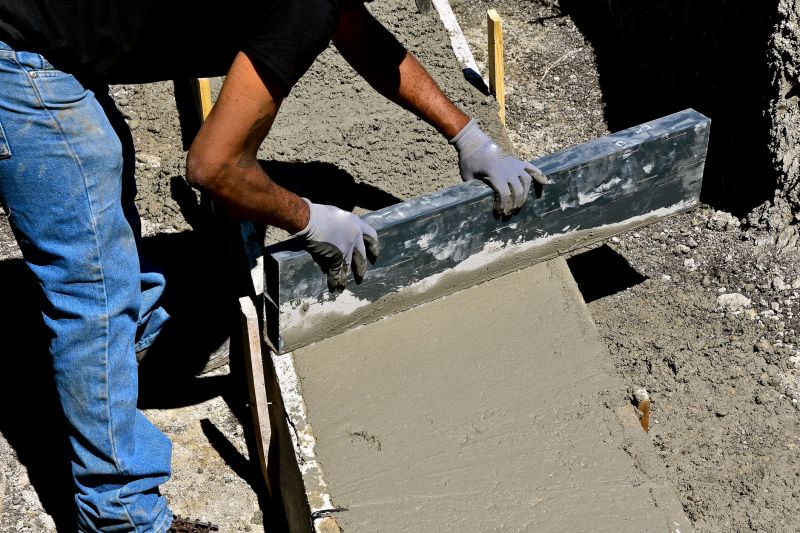
Methods used to prevent future shifting.
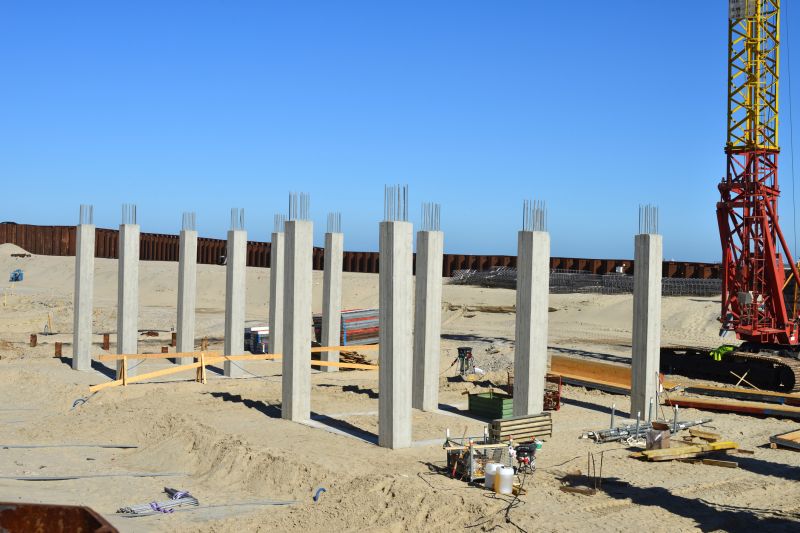
Images of hydraulic piers and underpinning devices.

Photos of crews working on-site with repair equipment.
| Season | Ideal Conditions |
|---|---|
| Spring | Moderate temperatures, stable moisture |
| Summer | Longer days, caution with heat |
| Fall | Cooler weather, less moisture fluctuation |
| Winter | Freezing temperatures, ground may be frozen |
| General | Mild temperatures and stable ground |
Understanding the optimal timing for foundation repairs can help ensure the process is effective and durable. Scheduling repairs during seasons with favorable weather conditions minimizes delays and complications. Proper planning and expert assessment are crucial for addressing foundation issues promptly and efficiently.

Preparation images showing site assessment.
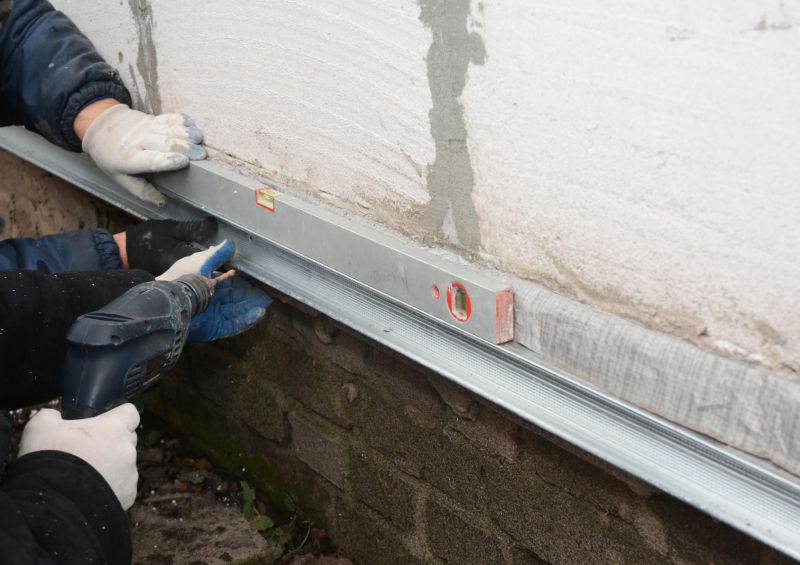
Photos of machinery and tools during repairs.

Finished projects demonstrating quality work.
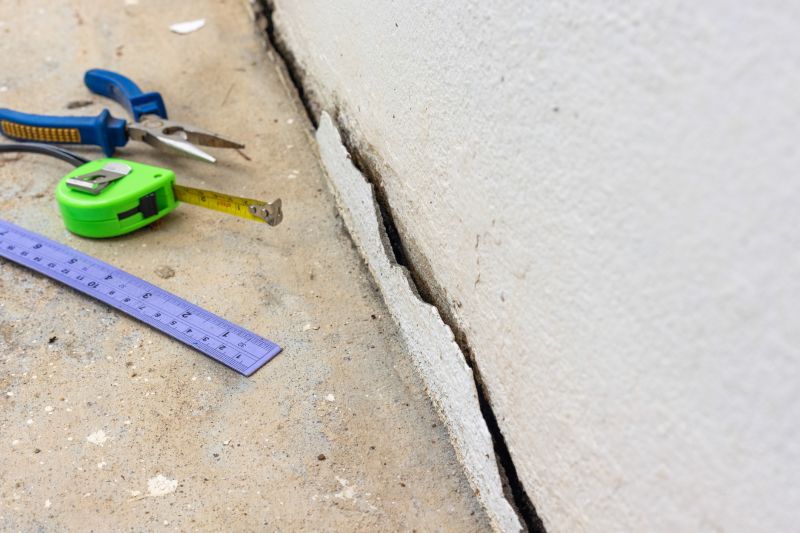
Post-repair evaluation images.
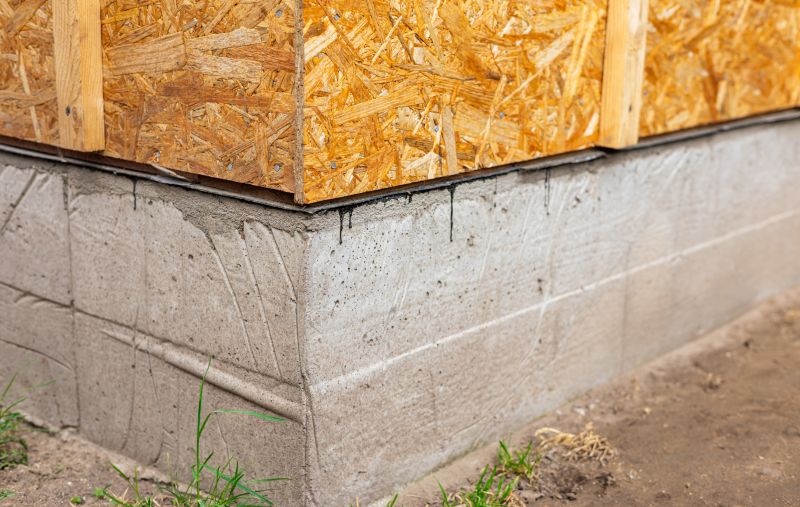
High-end options that actually feel worth it for Foundation Repairs.
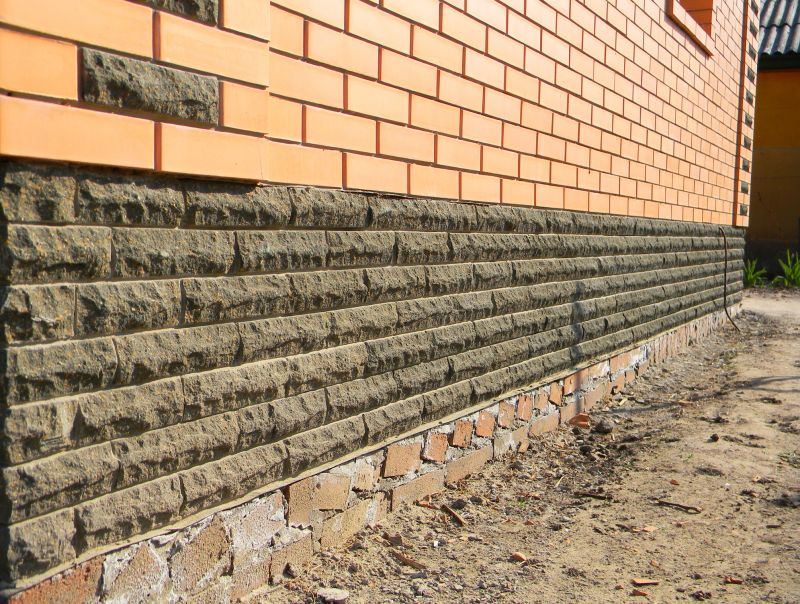
Finishes and colors that play nicely with Foundation Repairs.
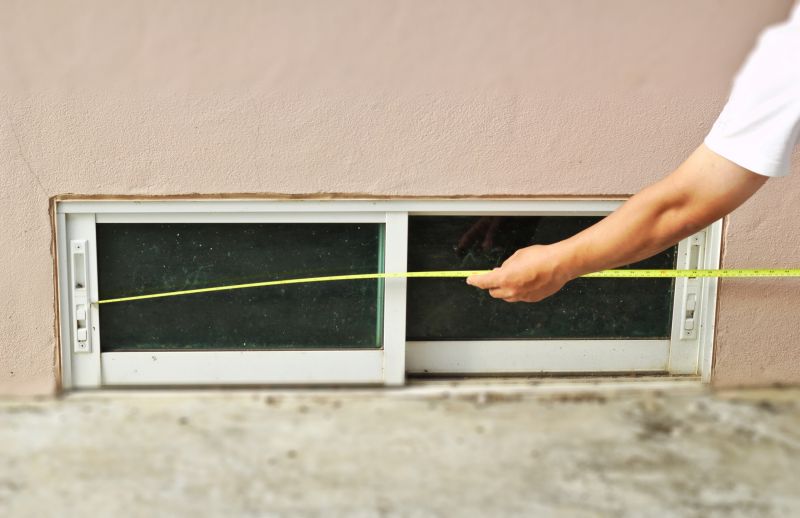
Little measurements that prevent headaches on Foundation Repairs day.

A 60-second routine that keeps Foundation Repairs looking new.
Those interested in foundation repairs should consider scheduling during the most suitable season to ensure optimal results. Proper timing, combined with professional assessment, can help maintain the structural integrity of the property and prevent future issues. Contacting a foundation specialist can provide tailored advice and effective solutions.




